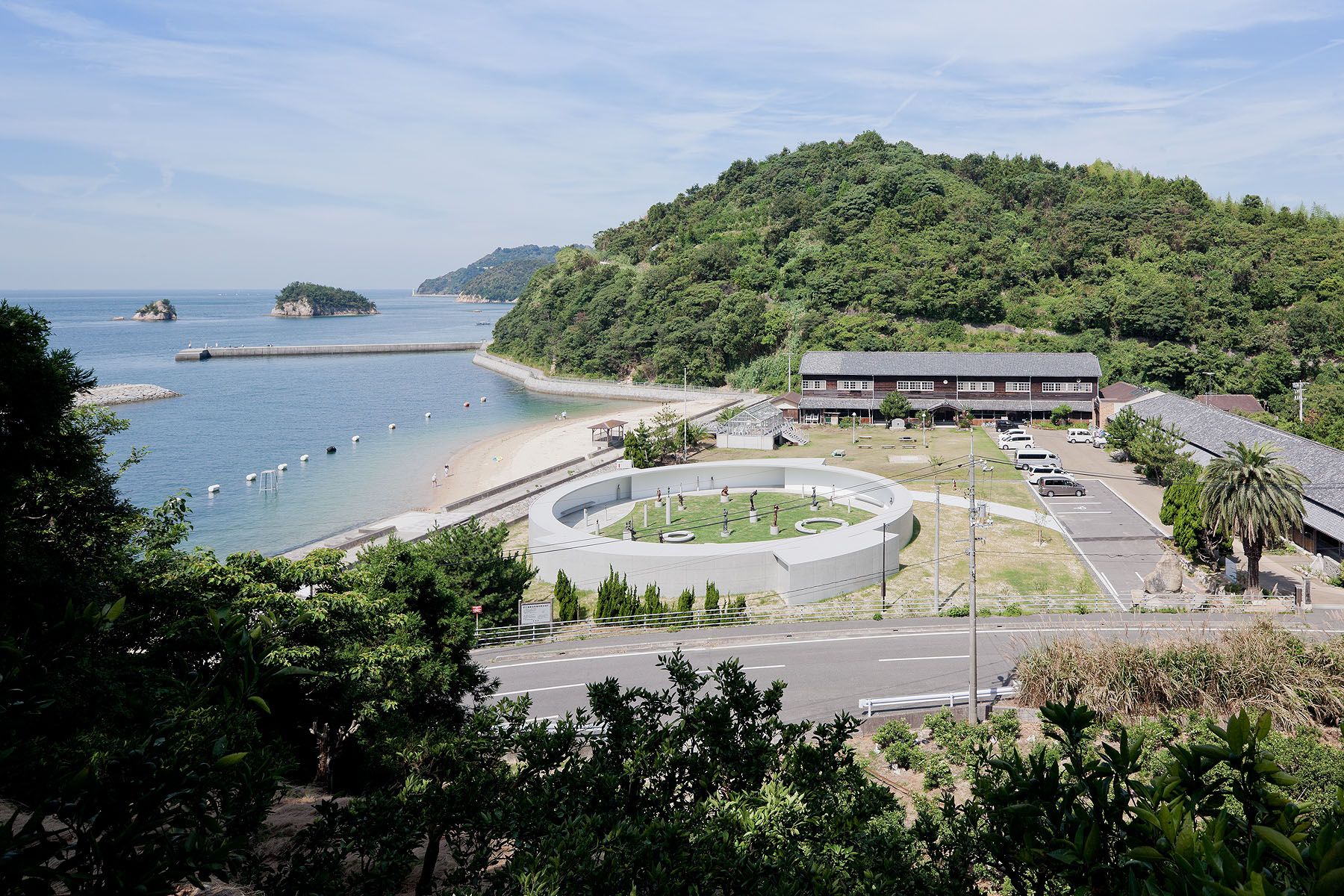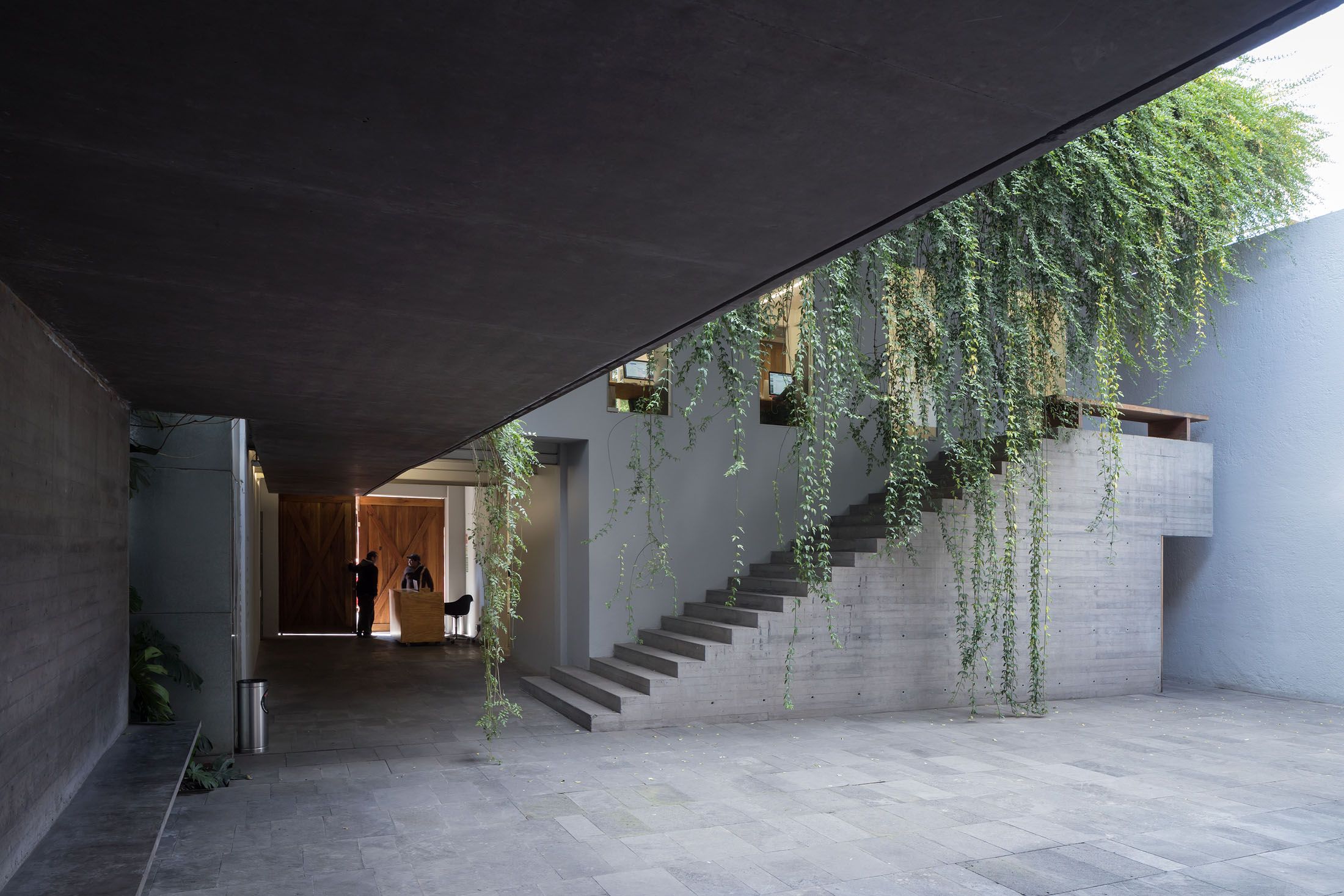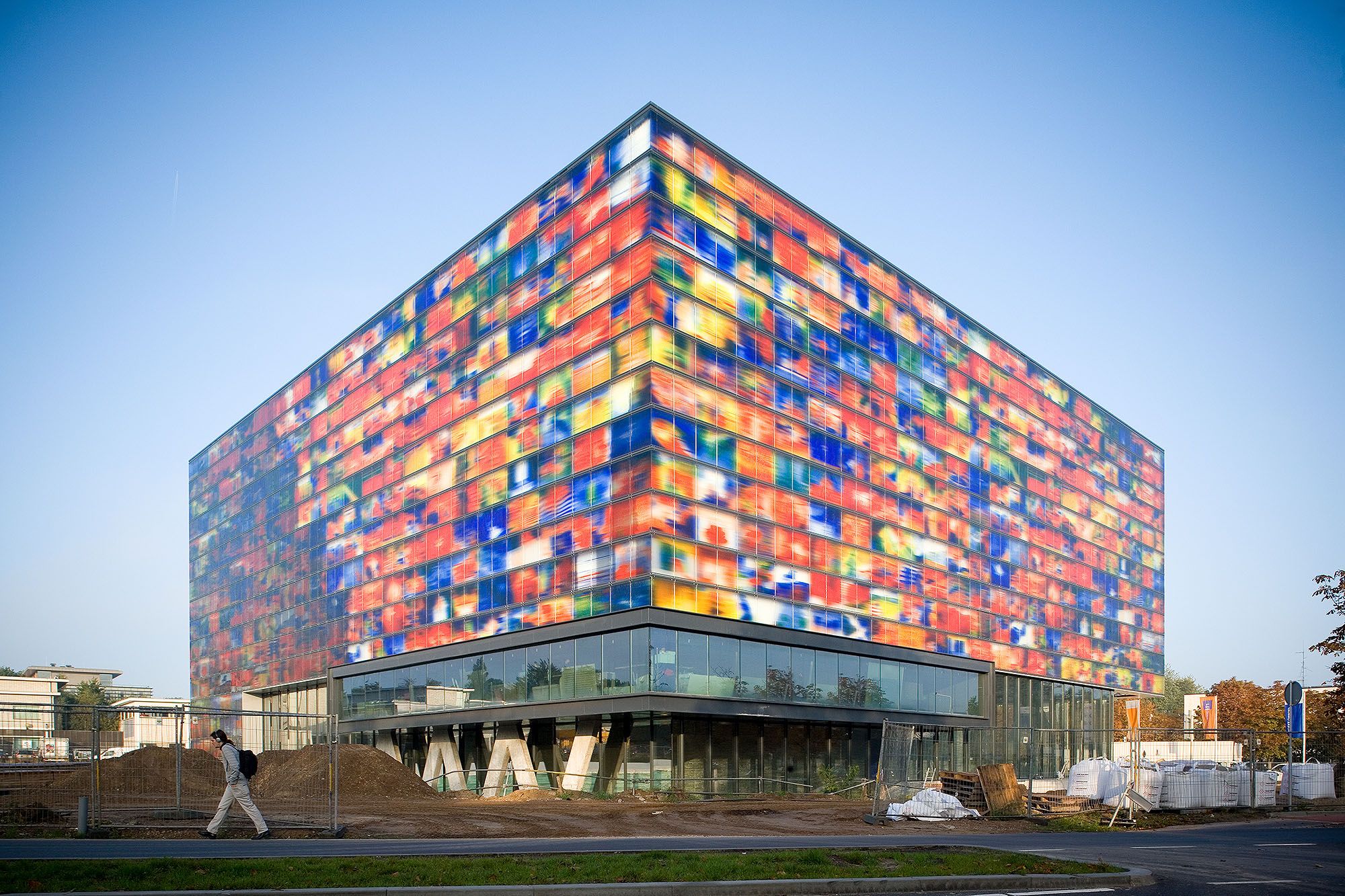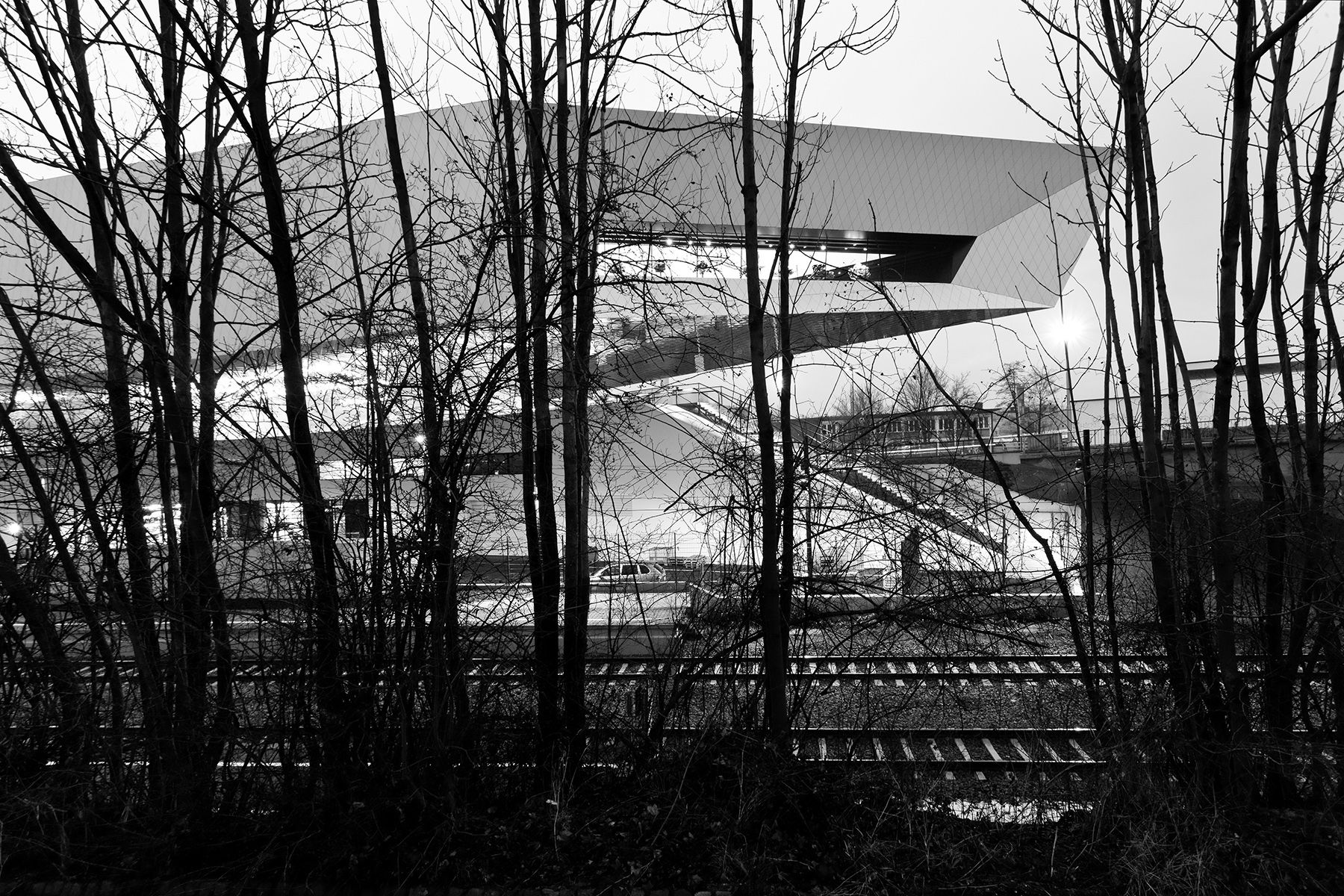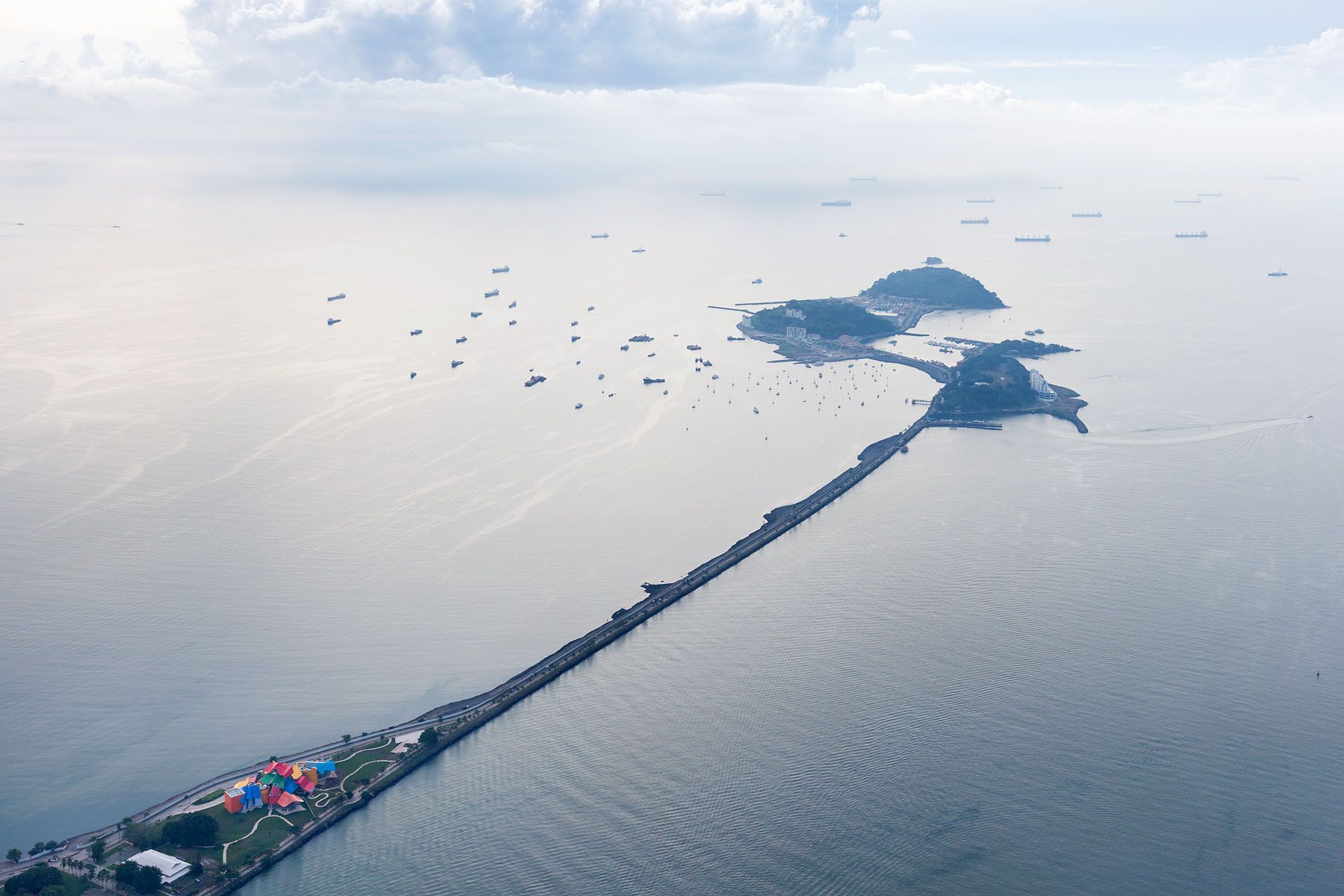Munch Museum Oslo – estudio Herreros
The Munch Museum in Oslo, designed by Estudio Herreros, reimagines the museum as both a cultural institution and a civic landmark. Beyond preserving Edvard Munch’s legacy, the building functions as a vertical public space, connecting a lively ground-floor foyer—with shops, dining, and cultural areas—to rooftop terraces overlooking the city.
Its ascending circulation route invites visitors to engage with the museum as a continuous experience, passing through not only exhibition galleries but also a library, education center, offices, and hospitality spaces. This layered and open design breaks with traditional museum models, offering a transparent, multifunctional space deeply integrated into the life of Oslo.

